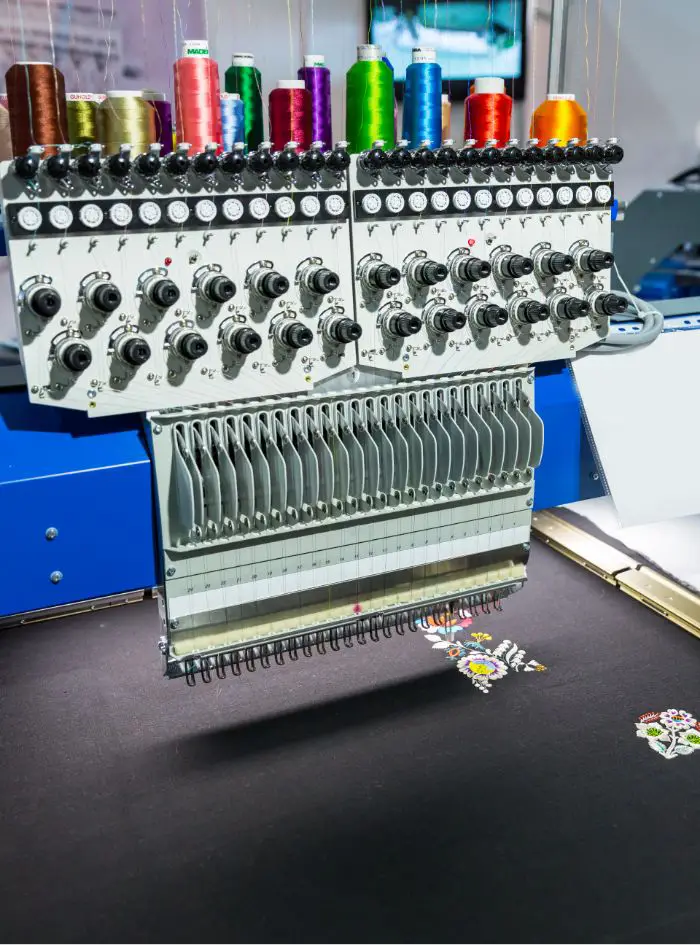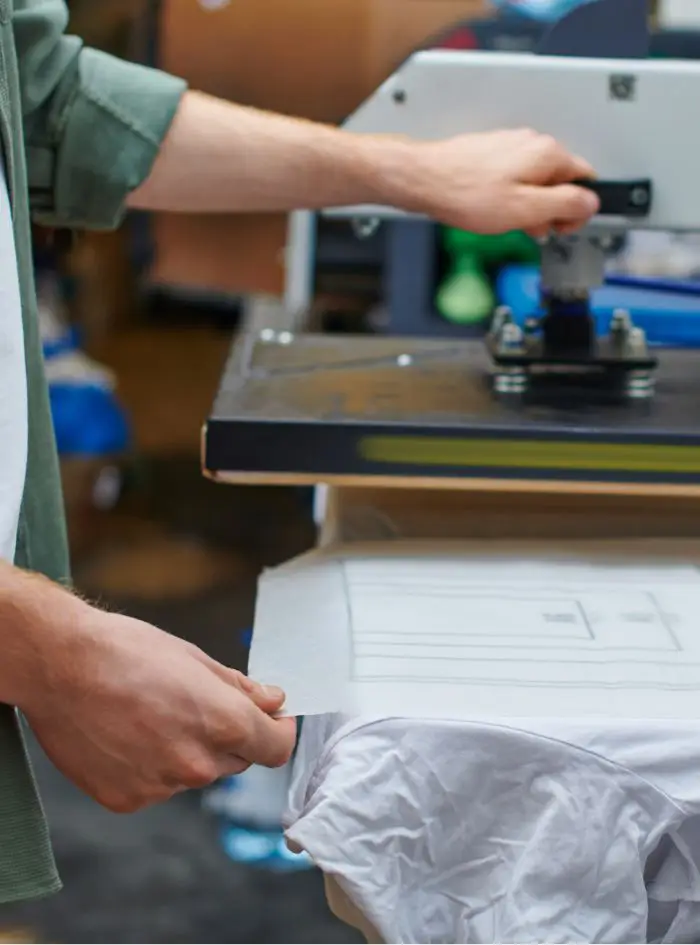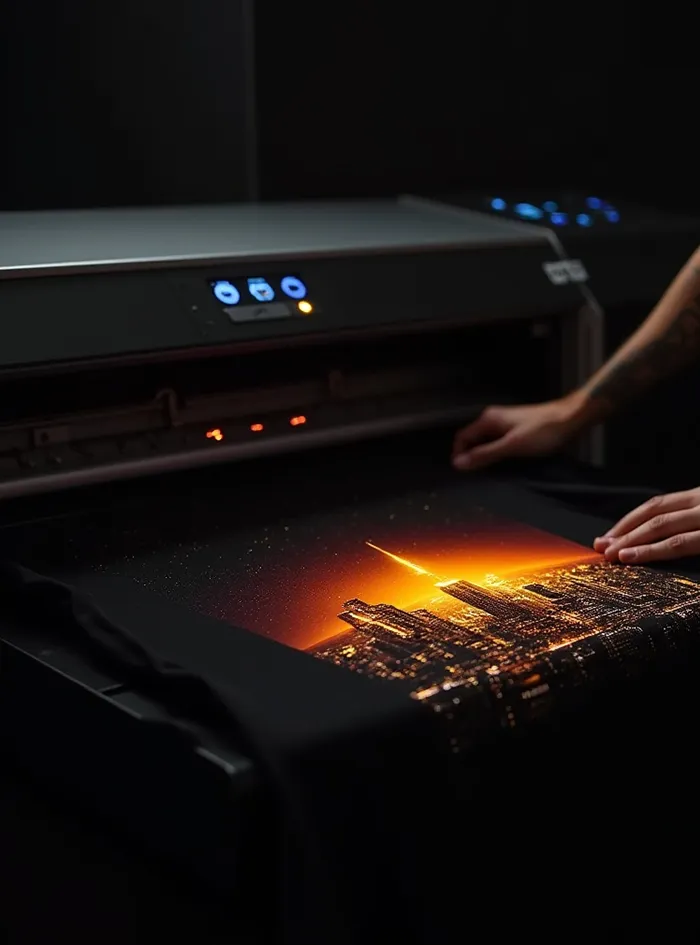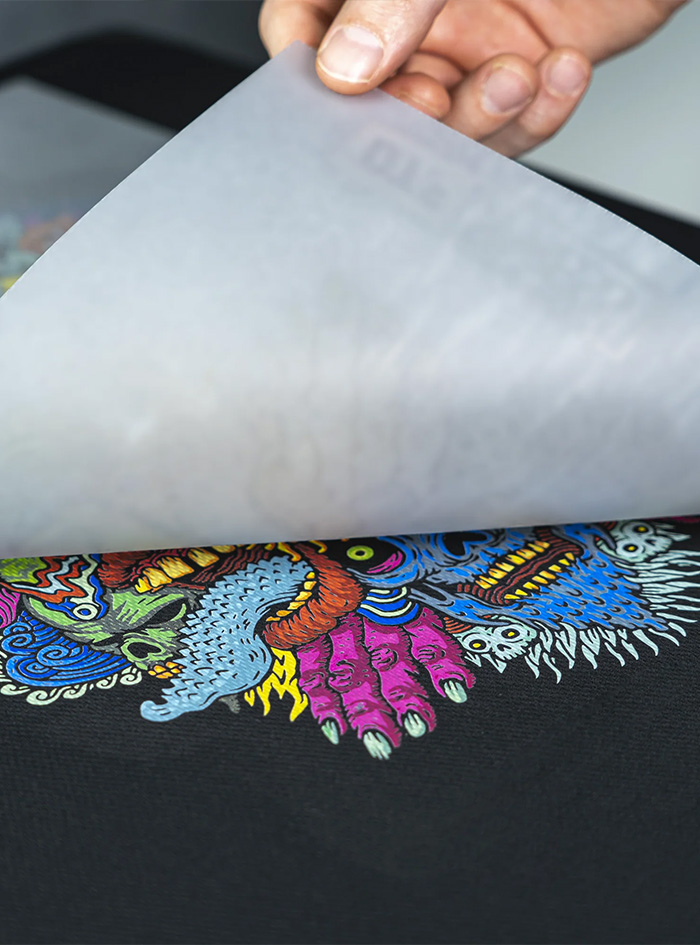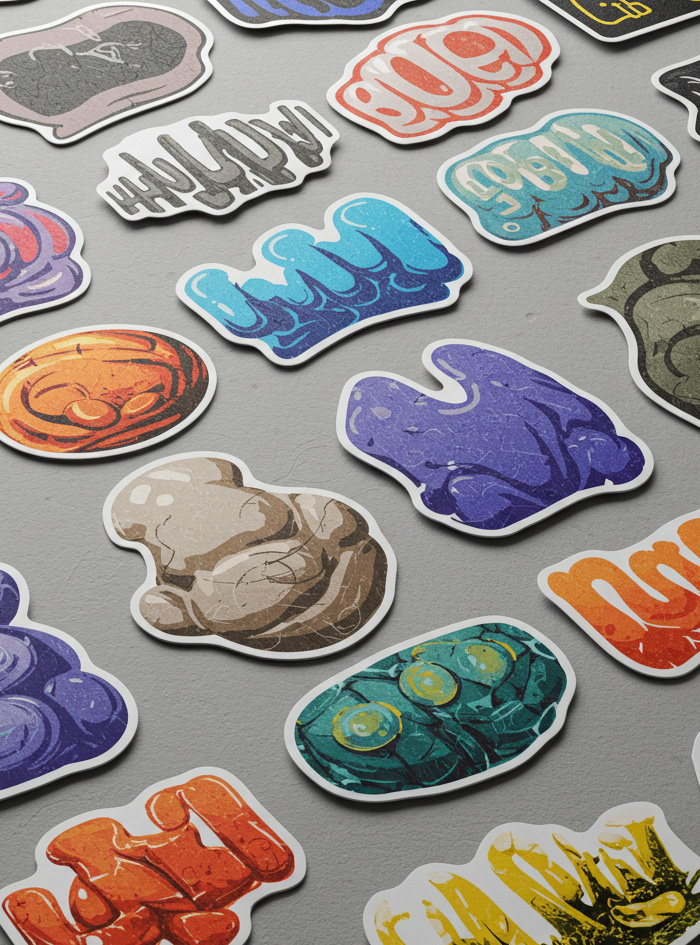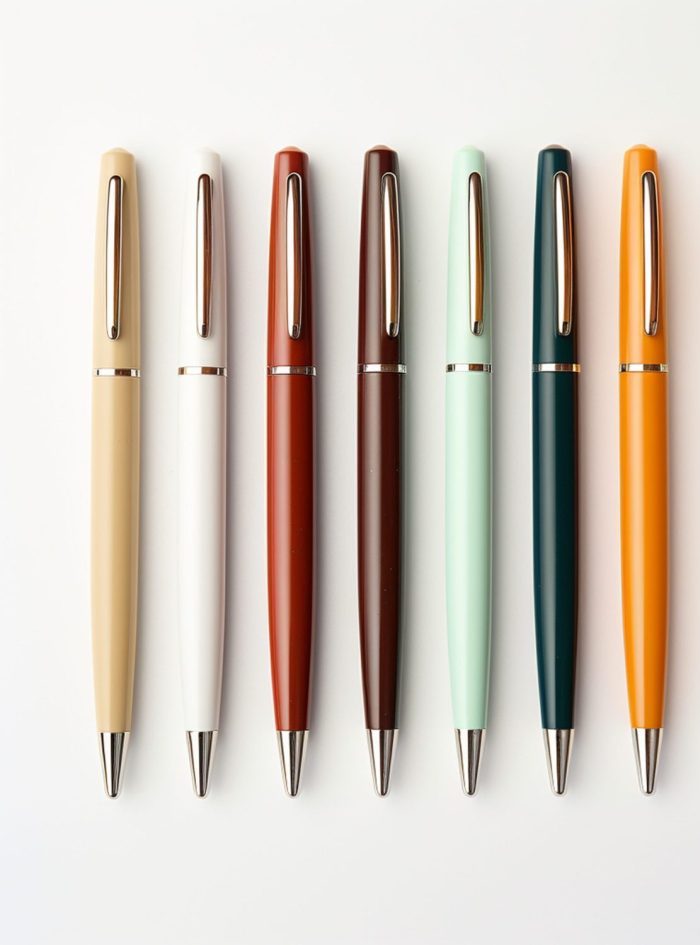“Where bold designs come to life.”
Screen printing is one of the most popular and time-tested methods of printing custom designs onto apparel and other materials. Known for its vibrant colors and durability, this printing technique has been a go-to solution for businesses, schools, sports teams, and organizations looking to create high-quality, branded garments.
How Screen Printing Works
At its core, screen printing involves pushing ink through a mesh screen (or stencil) onto fabric. Each color in a design requires its own screen, and the process must be repeated for each layer. The ink sits on top of the fabric, creating a vibrant and slightly raised finish.
Here’s a quick overview of the process:
- Design Preparation: Your design is separated by color and each color is printed on a transparent film.
- Screen Creation: A mesh screen is coated with a light-sensitive emulsion and exposed to light using your design film. The emulsion hardens, creating a stencil.
- Printing: Ink is applied to the screen and pressed through onto the garment using a squeegee.
- Curing: The printed fabric is run through a dryer to cure the ink and make it permanent.
Common Uses of Screen Printing
- Custom T-shirts for events, teams, and businesses
- Branded hoodies and sweatshirts
- School spirit wear and club apparel
- Company uniforms and workwear
- Tote bags and promotional giveaways
- Aprons and hospitality gear
- Nonprofit and fundraiser shirts
Whether you’re building brand recognition or outfitting a group, screen printing delivers consistent, high-impact results.
Pros of Screen Printing
- Durability: Screen-printed designs are long-lasting and can withstand hundreds of washes without fading.
- Vibrant Colors: The ink used in screen printing is thicker than in other methods, creating bolder, more vibrant colors.
- Cost-Effective for Bulk Orders: Screen printing is ideal for larger runs because once the screens are set up, it becomes very efficient.
- Versatility: Works well on a variety of materials like cotton, polyester, blends, and even some specialty items like tote bags or aprons.
Cons of Screen Printing
- Not Ideal for Small Orders: Because of the time and labor involved in setup, it’s not cost-effective for very small batches.
- Limited Color Range Per Design: Each color requires a separate screen, which can limit the complexity of multicolor designs.
- Setup Time: The process of preparing screens and curing ink can take longer than digital alternatives like Direct to Garment (DTG) or DTF printing.
When to Choose Screen Printing
Screen printing is a great option when you:
- Need 20+ items with the same design
- Want vibrant, long-lasting prints
- Are printing on darker garments (it offers excellent opacity)
- Have a relatively simple design (1–4 colors)
Wash and Care Tips
To keep your screen printed items looking their best:
- Turn them inside out before washing.
- Use cold water and a gentle cycle.
- Avoid bleach, fabric softeners or harsh detergents.
- Air dry or tumble dry on low.
- Never iron directly on the printed area—use a pressing cloth or iron from the inside.
Final Thoughts
Screen printing is a trusted method for producing custom apparel with bold colors and long-lasting results. While it’s best suited for larger orders and simpler color schemes, the professional finish and affordability make it a top choice for many organizations.


